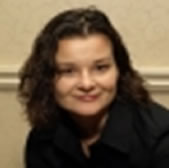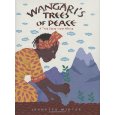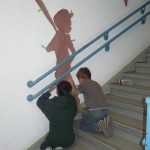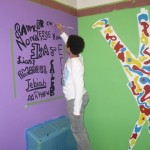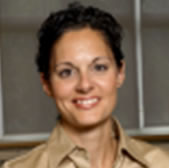As the school year is coming to an end I use this time to reflect upon my lessons and look forward to next year’s planning. What will I keep, what didn’t work, what needs to be tweaked for next year’s students? Some of this planning will be based on my next year’s students needs and learning styles. Where do I go for new ideas, support for planning and resources?
1) I sit down with the previous teacher.
Most schools will have sheets or some sort of meeting to share information and build the new classes. Looking to evenly distribute the boys and girls, ESL, Special Education, HSP and which kids should be or not be placed together. The sheets are usually given to next year’s teacher to help understand the student. I find the information on the sheets give limited information and don’t always share who the student is as a learner. I listen to the information being given, take notes on every student and review all this information later. At some point, I go back to the previous teacher and ask for further information. If the previous teacher is an LTO, I need to connect with the teacher before s/he leaves for a new school. If you are a new teacher to the school in the Fall, ask for the sheets and try to connect with previous teachers as soon as possible.
2) If you are lucky to get the same grade, I look at my previous year’s planning.
Now I know a little more about my new students. What are they going to be interested in? What do I need to change? Everything should be tweaked for my new class.
If I am teaching a new grade, I still look at my previous year’s planning and build the new year from that starting point. I have learned more about my personal teaching strengths and areas of professional development which I will look into.
3) Where do I get new ideas?
- Most boards have teachers who specialize in curriculum areas and provide that support with ideas and resources. Some can even give field trip ideas, support with combined grade planning, will come to your class and teach a model lesson. If you are finding it difficult to locate a name, ask your librarian or administration.
- Your board website should have some resources available to the teachers. Many board website resources are open to the public and are available for all to find information. There are Science and Social Studies units available for combined grades. I usually don’t use all the information available on the websites but it helps me gather ideas and lessons for my unit.
- Sitting down with my colleagues to team plan. New people have new ideas. This year, I was the only grade 6 English teacher and my Extended French colleague had already developed his program and found it difficult to devote the time needed to team plan. But we still found smaller opportunities to team plan. I also found support on line, a volunteer who went to different classes throughout the board, student teacher and colleagues who were in the same board but in different areas of the board. Many people have ideas, I find ideas help get me thinking. Whether I take the idea as is or tweak it to suit my student needs, I find all ideas are helpful.
4) Next year’s class – the students.
As we all know, students achieve more when their interest is in the lesson. At the beginning of the school year, I ask my students what you would like to do, what would you like me to teach you in language. This year, my students wanted to write a graphic novel using bit strips. I took their lead and used graphic novels to teach them about narrative writing and to help develop their plans for writing. I also share the Science and Social Studies units and give them an idea of when we are covering certain units.
At this point of the year, you are looking at finishing things off and planning for your next year. I personally prefer to reflect and think about my next year’s planning now. For some people, they need that down time before they reflect and plan for the following year. It is up to you and what suits your lifestyle best.

